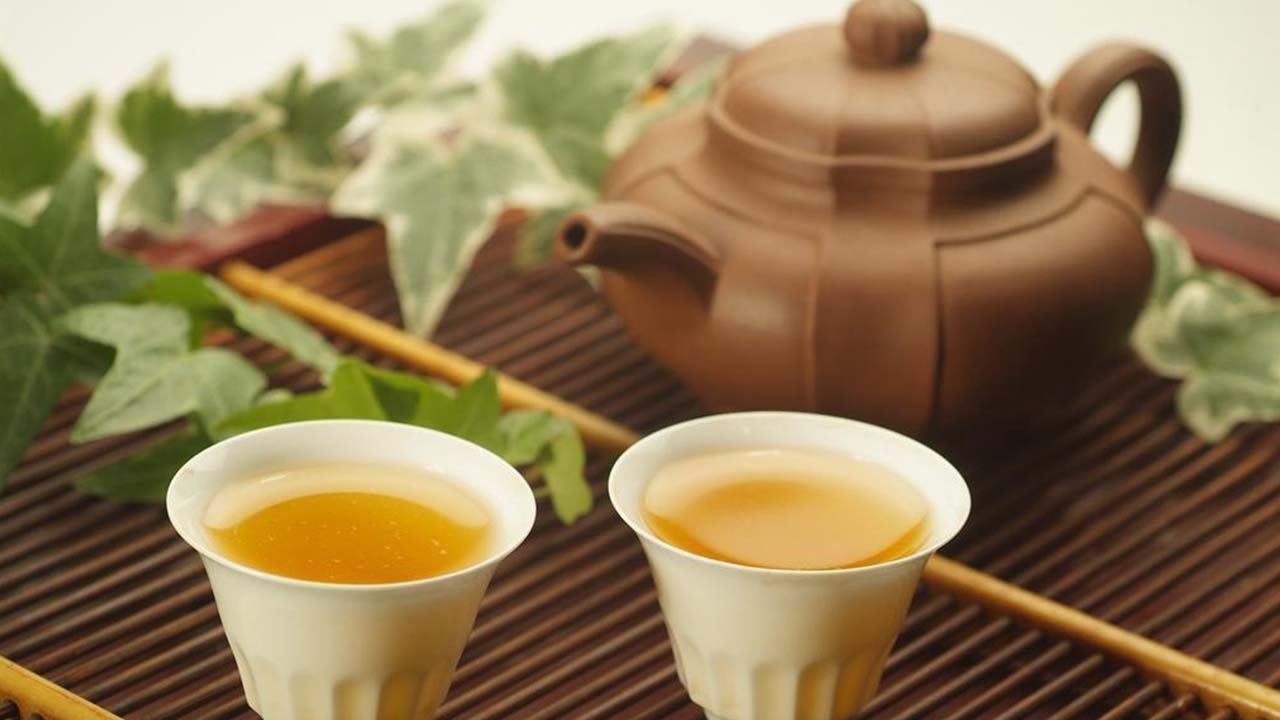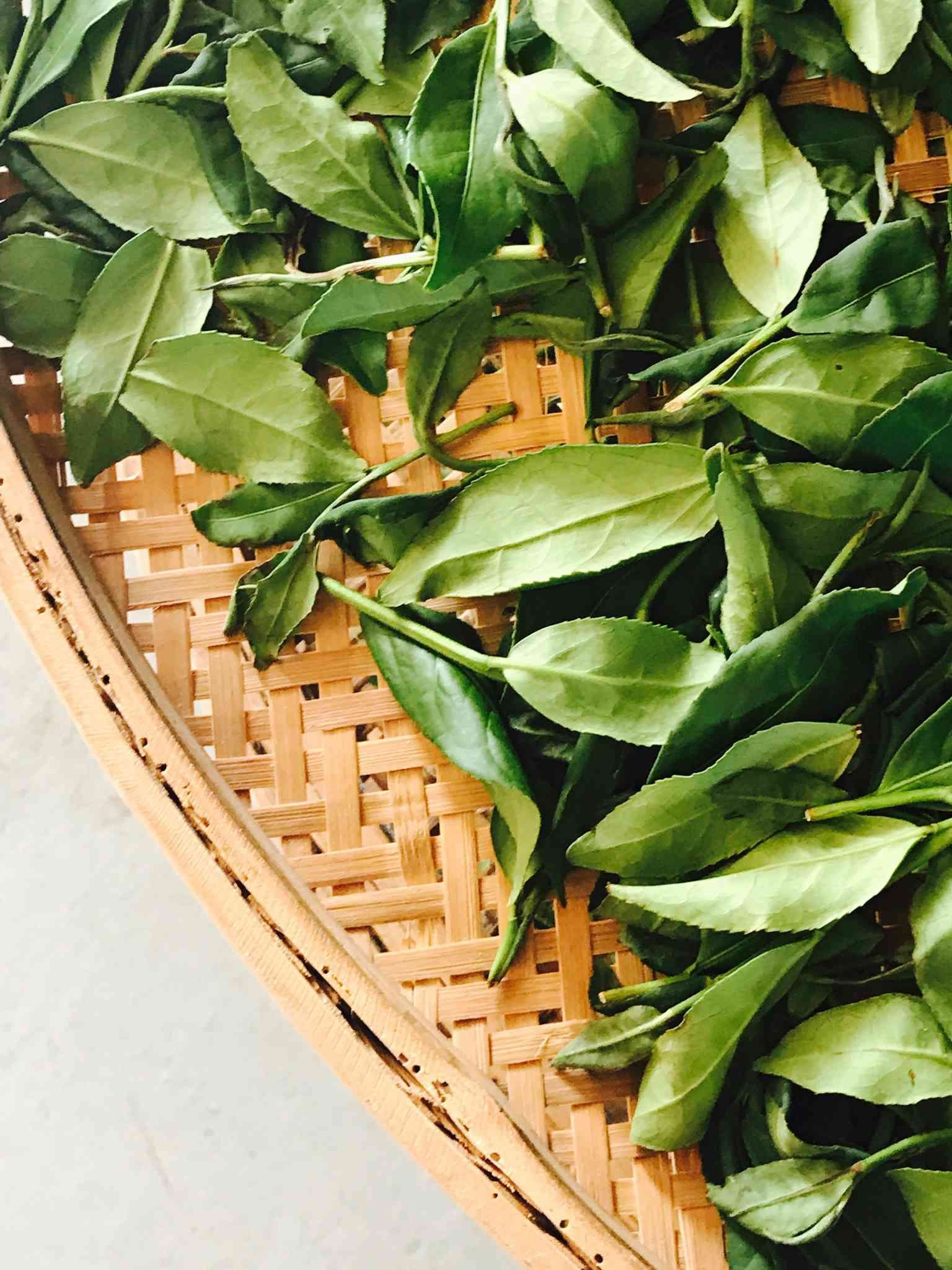
Culture
16:06, 28-Aug-2017
Visit Fujian, savor the oolong tea
By CGTN's Zou Yun

Fujian province boasts great mountains and pure water -- two key ingredients for growing great tea -- making this part of China famous for its oolong tea.
The high-altitude terrain, incredibly rich soil, and abundant rainfall are all vital ingredients that make Fujian an ideal spot for tea plantations.

Farmers plucking tea leaves. /CGTN Photo
Farmers plucking tea leaves. /CGTN Photo
Oolong tea is steeped in history, stretching back more than 1,000 years. The production of oolong is more complex than other types of tea and the skills of the tea maker impart a unique flavor to each batch of oolong.
Oolong is a kind of semi-fermented tea. Some people say its taste is somewhere between green and black teas.

Tea is not just a popular beverage in China, it's also an important symbol of Chinese trade.
For hundreds of years, tea, together with silk and porcelain, were among the most popular products on the ancient Silk Road. Western countries had a thirst for Chinese goods, and tea helped linked China with the rest of the world.
Today, a diverse set of goods are exchanged among BRICS countries. Many expect the increased cooperation among this group of emerging nations to play a role in the global economy.
1361km

SITEMAP
Copyright © 2018 CGTN. Beijing ICP prepared NO.16065310-3
Copyright © 2018 CGTN. Beijing ICP prepared NO.16065310-3